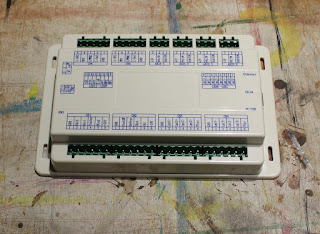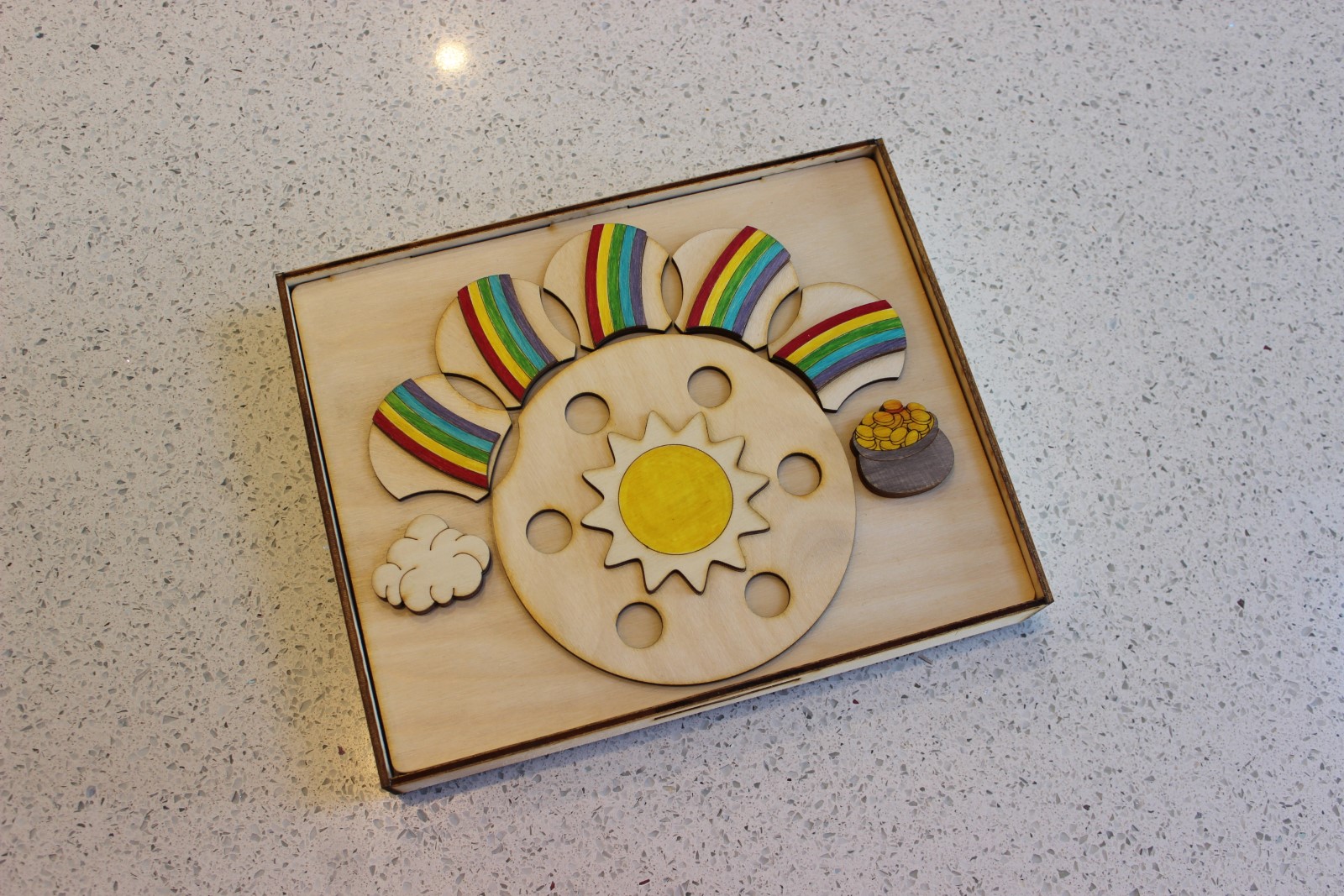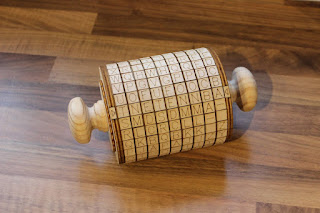Coaster Jigs
They may not look like a lot but jigs like this can be pivotal to the success of a large project like the 100 coasters I made yesterday. If you're going to be doing anything 100 times it's worth spending a few minutes considering how you can make each step smoother to cut down on assembly time. Here are just a few questions you want to think about and if you answer 'Yes' to any of them you probably want to make yourself a jig. Thankfully the laser cutter is particularly good at making jigs for parts as well as the parts themselves.
- What is the most efficient order for assembly?
- Do parts have to be specifically aligned to each other?
- Where does the glue have to go and are there places where the glue shouldn't go?
- How do you remove the part from the jig once it is assembled?
These coasters break down into 2 parts of 3 layers each. The inner triangle has a middle layer that is smaller than the outer layers, this means it needs to be aligned perfectly in the centre and because it is on the reverse side of the cutting we can't just draw registration marks.
The first jig is designed for gluing the middle layer to one of the outer layers. It is a stepper tray, the smaller piece sits right at the bottom and the larger piece sits on top of it, the two parts are held in position until the glue dries. The glue is applied to the smaller part, this is because we don't want any overflow around the edge of the larger part, applying glue to the smaller side means that it is going to stay between the two pieces. It was easiest to run all these parts together in a single batch of 100, this means the glue will have dried before we try to use the part again in the second jig.
The second jig holds all the pieces for final assembly. The outer square is built up in 3 layers again but the middle layer is thinner this time to allow it to sit in the groove around the edge of the triangle.
The newly glued part is aligned in the middle of the jig by a corresponding 'V' shaped layer, this just squares the piece up and ensures it isn't in the way of the outer layers. Glue is again applied to the narrow bottom layer to glue spillage and the middle layer is installed as 4 separate pieces. These pieces overlap onto the triangle. The top layer is glued down to form the outer frame work and finally the top triangle is glued into place (and aligned by eye) to secure the triangle into the frame. The newly formed coaster can be poked out of the jig using the hole in the bottom. The whole process took about 3 minutes.



